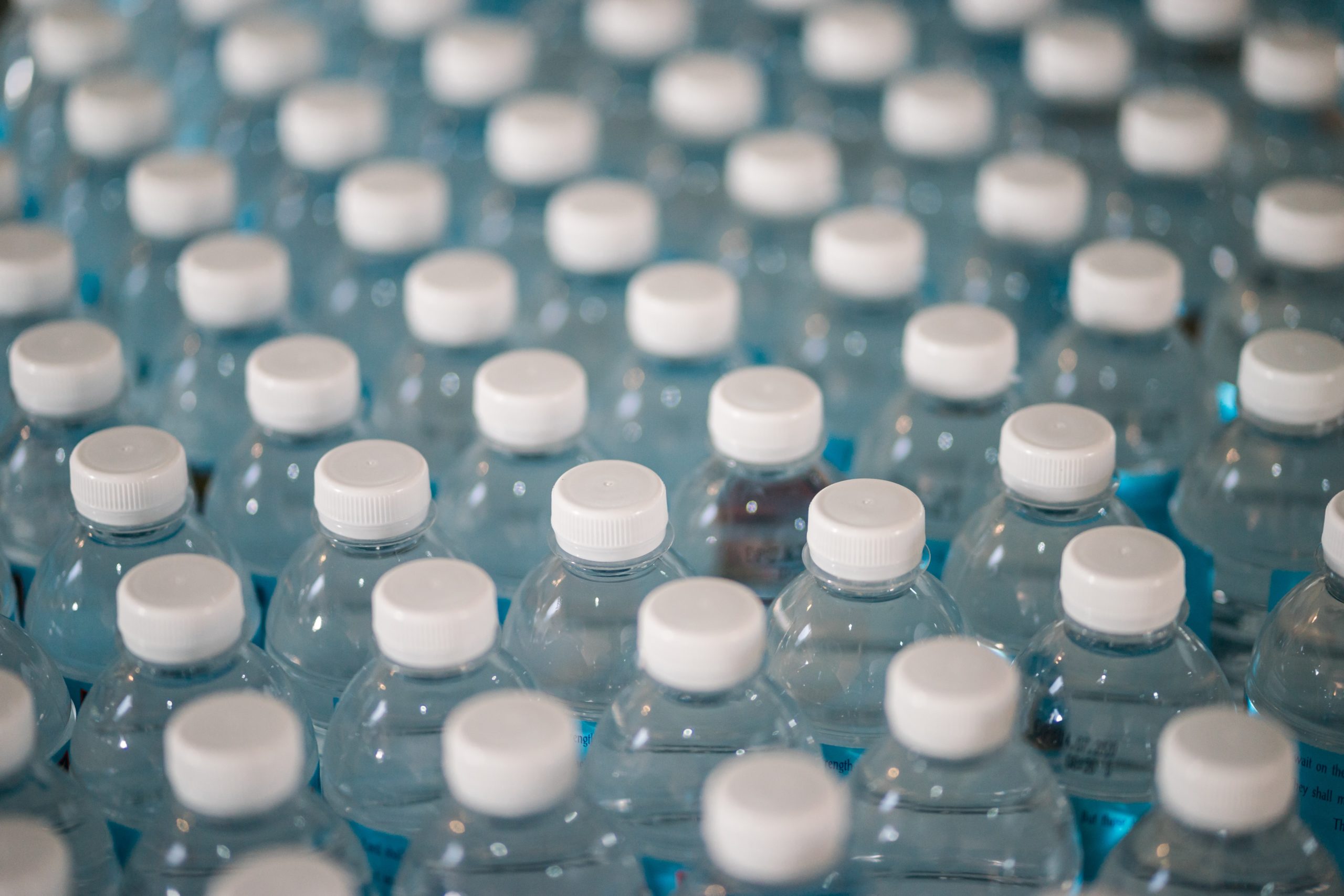What is rPET and why should you care about it?
Recycled polyester (rPET) is an increasingly popular material for use in more sustainable clothing, accessories, and shoes. This trend began back in 1993 when Patagonia used recycled materials to make their extremely popular outdoor fleeces. As of 2020, approximately 14% of the polyester used in the apparel industry is made from recycled polyester and it’s expected to increase as brands work to become more sustainable. Large brands that already use rPET also include activewear brand Girlfriend Collective and shoe brand Rothy’s.
Polyester makes up 52% of the total volume of fibers produced globally, making it the most commonly used fiber. It’s a popular choice for athletic wear as it retains its shape well and is wrinkle resistant. Polyester was created in a lab in the 1930s by DuPont, a chemical company, out of chemicals derived from petroleum. Recycling polyester is a key step in reducing the fashion industry’s reliance on petroleum, a fossil fuel. One life cycle analysis found that manufacturing rPET creates 79% less carbon emissions than producing new polyester.
rPET can be made from recycled textiles, plastic water bottles, and old fishing nets. PET can be recycled using two different methods: chemical and mechanical. Chemical recycling is the more sustainable process as it converts the plastic back to its original monomers but it is unfortunately more expensive. Mechanical recycling is more common and involves shredding the plastic into flakes, melting it down, and pulling it through spinnerets to form plastic yarn. Unfortunately, this decreases the quality of the product as the plastic fibers become shorter and weaker every time they go through this process.
We need to keep in mind that neither rPET or PET are biodegradable, as they are petroleum based and both shed plastic microfibers when washed which can pollute our water systems. You can reduce the amount of microfibers released by doing laundry less, washing clothes at lower temperatures, or buying a microfiber-catching tool such as a specialty washing bag, a CORA ball, or a microfiber filter. At a larger scale, manufacturers concerned about microfibers can reduce their use of polyester (recycled or not) to items that do not require washing, such as bags and other accessories.
While buying clothes made with rPET is a step in a sustainable direction, arguably the most important part of sustainable fashion is making what clothes you do have last as long as possible. Make conscious decisions when buying new items, rather than falling into fast fashion trend cycles, no matter if the materials are more sustainable.
Written by Sarah Woodams ‘24(T5)
Photo by Jonathan Chng on Unsplash


Didn’t knew about rPet!
Thanks for such amazing article!